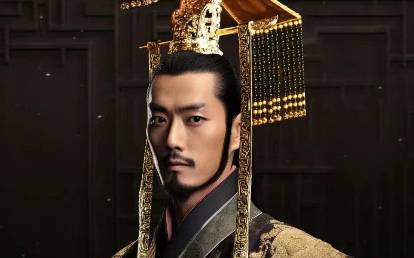Qin Shi Huang: The Unifier of China
Introduction
Qin Shi Huang, originally named Ying Zheng, was the first Emperor of a unified China, reigning from 221 to 210 BCE. His ambition to consolidate the fragmented states of the Warring States period marked a turning point in Chinese history. His reign established the foundation for future imperial governance, shaping Chinese civilization for centuries.
Early Life and Ascension to the Throne
Born in 259 BCE in the state of Qin, Ying Zheng was the son of King Zhuangxiang. After his father's death, he ascended the throne at the age of 13 with the title of King of Qin. Under the guidance of his chancellor, Lu Buwei, Ying Zheng quickly adopted military strategies that allowed Qin to grow powerful and aggressive.
Unification of China
By 221 BCE, after a series of military campaigns, Ying Zheng achieved what had eluded many before him: the unification of China. He conquered the remaining six warring states: Han, Zhao, Wei, Chu, Yan, and Qi. Following this monumental achievement, he proclaimed himself Qin Shi Huang, meaning "First Emperor of Qin."
Centralization and Reform
Qin Shi Huang implemented numerous reforms to solidify his power and unify the diverse regions. Key measures included:
1. Standardization: Introduced a uniform system of weights, measures, and currency. A standardized script improved communication across the empire.
2. Legalism: Employed Legalist philosophy to enforce strict laws and harsh punishments, under which he centralized authority and curtailed nobility's power.
3. Infrastructure: Launched extensive infrastructure projects, including roads, canals, and the early stages of the Great Wall of China to defend against northern tribes.
Censorship and Control
Qin Shi Huang's regime is often criticized for its authoritarian nature. He implemented widespread censorship, ordering the burning of books and burying scholars alive to suppress dissent and control intellectual thought. This move was aimed at eliminating competing philosophies, particularly Confucianism, which emphasized tradition and moral governance.
Terracotta Army
One of the most enduring legacies of Qin Shi Huang is the Terracotta Army, a vast collection of life-sized sculptures buried with him in his mausoleum, discovered in 1974. The army, comprising thousands of soldiers, horses, and chariots, was constructed to protect him in the afterlife and reflects the emperor's wealth, power, and the advanced craftsmanship of the era.
Legacy
Qin Shi Huang's legacy is complex. He is credited with establishing the foundation for a centralized Chinese state and contributing to the cultural cohesion that would define Chinese society. However, his tyrannical rule and oppressive policies also led to widespread resentment.
His death in 210 BCE prompted a power struggle that eventually resulted in the fall of the Qin dynasty. Nonetheless, the principles of administration, law, and governance that he instituted continued to influence subsequent dynasties.
Conclusion
Qin Shi Huang remains a pivotal figure in Chinese history. His accomplishments laid the groundwork for the enduring legacy of the Chinese imperial system and significantly influenced political and cultural developments in the region. His duality as both a unifier and a tyrant ensures his place as one of the most significant yet controversial leaders in the annals of Chinese history.


